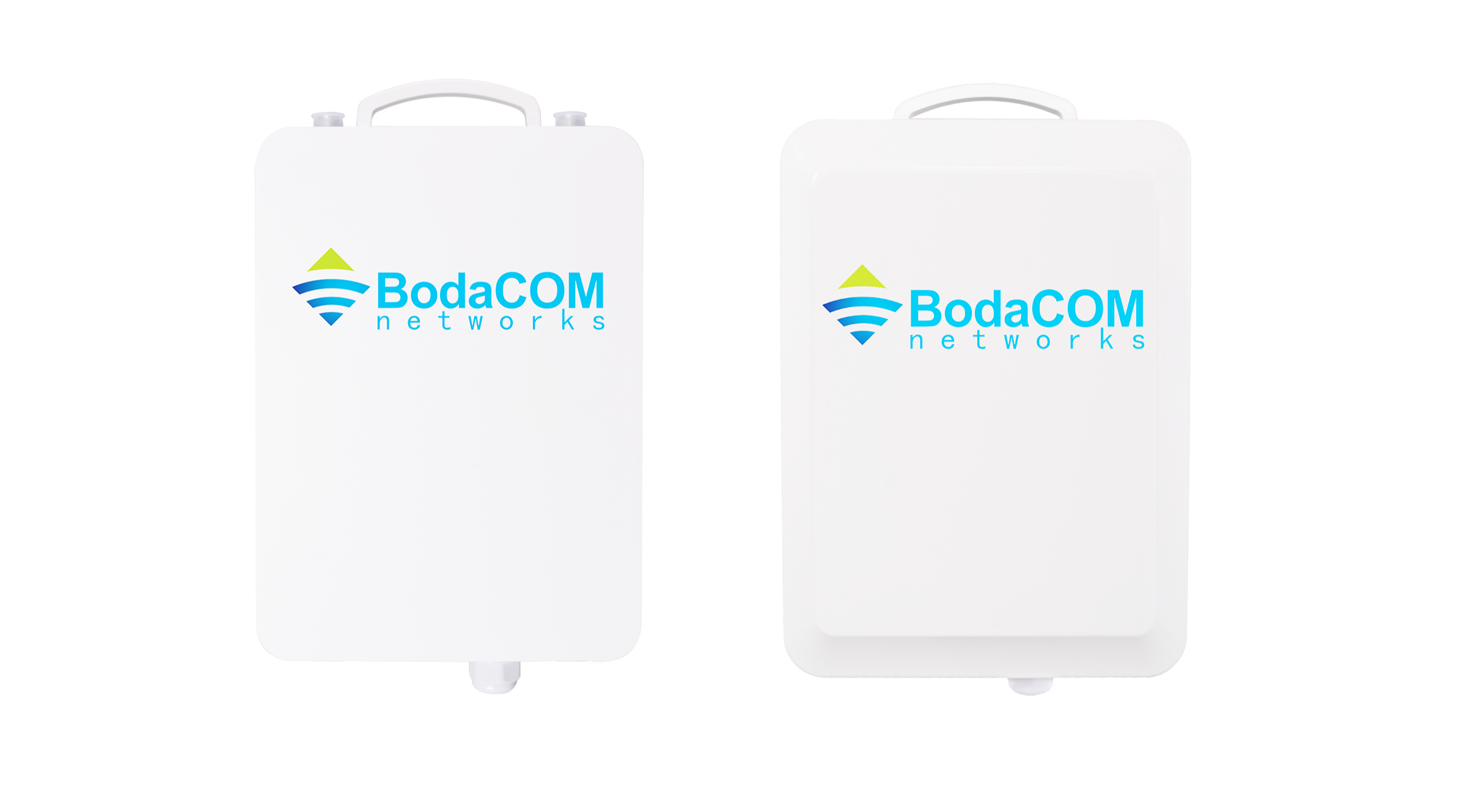Successful case of a certain operation area in Xinjiang Oilfield
发布时间:2022-09-23
文章来源:
阅读量:
Project DescriptionWith the construction of oilfield automation information systems, centralized management of the process from oil extraction to oil transportation has gradually been strengthened, and the level of informatization and intelligence in oilfields is becoming higher and higher. In order to reduce enterprise costs, improve enterprise management, enhance the competitiveness of enterprises in the industry, and achieve the goals of strengthening safety production process monitoring, saving human resources, and improving efficiency, the unmanned monitoring system for oil field well sites is an important part of the digital construction of the oil field. Due to the fact that most oil fields are far away from cities, located in remote areas, with relatively backward communication facilities, wide distribution, and extremely harsh natural environment, Bodaqun has designed a set of oil field wireless solutions to solve the above problems.The Bodaqun wireless transmission system has the characteristics of short implementation period and fast deployment. It builds a high-speed and stable wireless link from the front-end well pad to the back-end monitoring platform, meeting the transmission of on-site image monitoring, alarms, pressure, temperature and other production data, and achieving true digital remote management.This project is to wirelessly transmit the video monitoring and wellhead measurement data on the oilfield well site to the operation area management station, providing production information and operation statistics for the oil well. At the same time, it manages the status of various equipment and personnel entering and exiting the well site, records and analyzes faults, and maintains equipment maintenance. The wireless communication system undertakes the task of trunk transmission throughout the entire system, allowing the monitoring center (the management station transmits back to the monitoring center through optical fiber) to promptly check the on-site situation and ensure safe production.Adopting point-to-point and point-to-point networking forms, the data from remote monitoring points is first collected to the sub center through point-to-point networking, and then transmitted to the central base station through point-to-point networking. The central base station transmits the collected data to the work area management station through fiber optic transmission back to the monitoring center, achieving the overall needs of customers.project01. Real time monitoring data to ensure production safety02. Integrated Petroleum Production Control03. Can achieve unmanned operation and reduce labor costs04. It has expandability and is convenient for adding points in the later stage05. Long transmission distance, high bandwidth, and strong anti-interference abilityCase photo&Nbsp;&Nbsp;&Nbsp;











